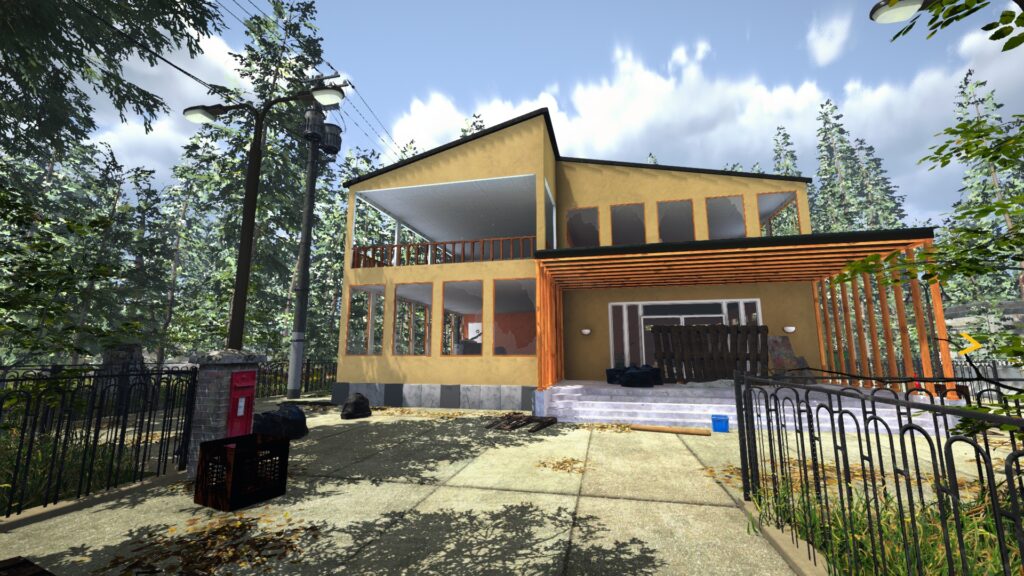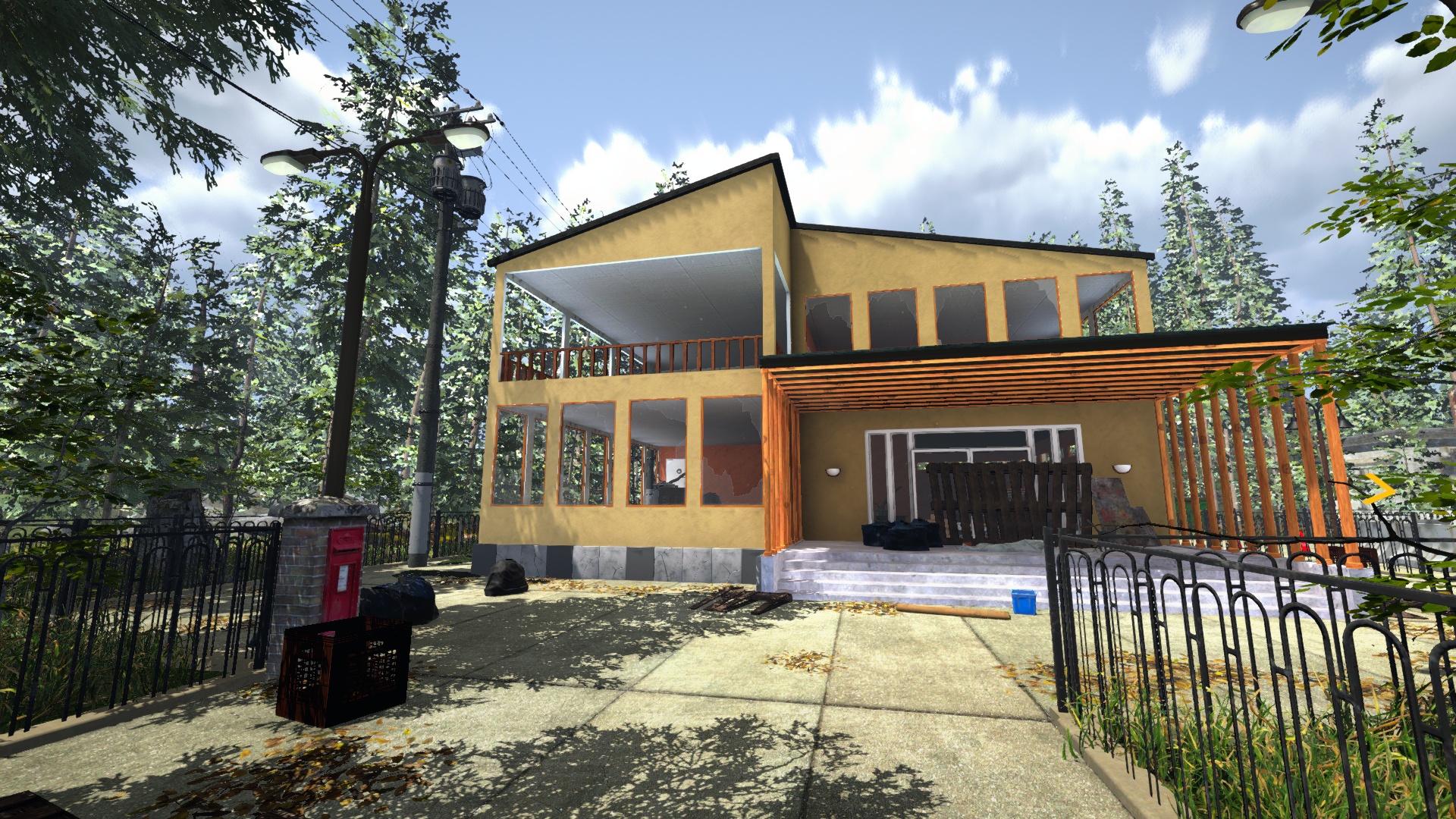
How Much Does a Cafe Owner Make? Unpacking the Finances of the Coffee Business
The aroma of freshly brewed coffee, the gentle hum of conversation, the comforting clink of ceramic mugs – the cafe experience is a beloved ritual for many. But behind the inviting atmosphere lies a complex business, and one of the most frequently asked questions by aspiring entrepreneurs is: how much does a cafe owner make? The answer, as with most business ventures, is multifaceted and depends on a variety of factors. This article dives deep into the financial realities of cafe ownership, exploring the variables that influence profitability, and providing insights into the potential earnings of a cafe owner. We’ll examine the key components of cafe economics, from startup costs to ongoing expenses, and ultimately, the bottom line: how much can a cafe owner realistically expect to earn?
Understanding the Cafe Business Model
Before delving into the specifics of income, it’s crucial to understand the core business model of a cafe. Cafes primarily generate revenue through the sale of coffee beverages, food items (pastries, sandwiches, etc.), and potentially, merchandise. The cost of goods sold (COGS) – the expenses associated with producing these items – is a significant factor in determining profitability. COGS includes the cost of coffee beans, milk, sugar, ingredients for food, and packaging. Cafes operate on relatively thin profit margins, meaning even small fluctuations in costs or sales can significantly impact earnings. The success of a cafe hinges on efficiently managing costs, attracting a steady stream of customers, and providing a positive customer experience that encourages repeat business.
Startup Costs: The Initial Investment
The initial investment required to open a cafe can vary dramatically depending on several factors. Location is paramount; a prime spot in a high-traffic area will command higher rent but may also attract more customers. The size of the cafe, the type of equipment purchased (new vs. used), and the scope of renovations also play a role. Here’s a breakdown of common startup costs:
- Rent and Security Deposit: Often the largest initial expense, especially in desirable locations.
- Equipment: Espresso machines, coffee grinders, refrigerators, ovens, blenders, POS systems, and more.
- Renovations and Build-Out: Costs associated with transforming the space into a functional cafe, including plumbing, electrical work, and aesthetic improvements.
- Inventory: Initial stock of coffee beans, food ingredients, supplies (cups, lids, napkins), and merchandise.
- Permits and Licenses: Fees associated with obtaining the necessary permits and licenses to operate a food service business.
- Marketing and Branding: Costs associated with creating a brand identity, designing signage, and initial marketing efforts.
- Working Capital: Funds to cover operating expenses (rent, utilities, salaries) during the initial months before the cafe becomes profitable.
Estimating the total startup costs requires careful planning and research. A small, minimalist cafe might require an investment of $50,000 to $100,000, while a larger, more elaborate establishment could easily cost $200,000 or more. Securing funding through loans, investors, or personal savings is a crucial step in the process. Understanding these initial costs is essential to accurately assess how much a cafe owner makes in the long run.
Ongoing Expenses: The Operational Costs
Once the cafe is open, the expenses continue to roll in. Managing these ongoing costs is critical to profitability. Key operational expenses include:
- Rent: Monthly rent payments, which can be a substantial financial burden.
- Salaries and Wages: Paying employees, including baristas, cooks, and potentially managers.
- Cost of Goods Sold (COGS): Purchasing coffee beans, ingredients, and supplies.
- Utilities: Electricity, water, gas, and internet.
- Marketing and Advertising: Ongoing efforts to attract and retain customers.
- Insurance: Liability insurance, property insurance, and workers’ compensation.
- Maintenance and Repairs: Maintaining equipment and the cafe space.
- Credit Card Processing Fees: Fees charged by payment processors.
Careful budgeting and cost control are essential to managing these expenses. Negotiating favorable contracts with suppliers, optimizing staffing levels, and reducing waste can all contribute to improved profitability. The ability to effectively manage operational expenses directly impacts how much a cafe owner makes each month.
Revenue Streams: Generating Income
The primary source of revenue for a cafe is the sale of coffee beverages, but successful cafes often diversify their offerings to increase revenue. Beyond coffee, revenue streams can include:
- Coffee Beverages: Espresso-based drinks, brewed coffee, iced coffee, and specialty drinks.
- Food Items: Pastries, sandwiches, salads, and other prepared foods.
- Merchandise: Coffee beans, branded mugs, t-shirts, and other items.
- Wholesale Sales: Selling coffee beans or baked goods to other businesses.
- Catering: Providing coffee and food services for events.
The pricing strategy for these items is crucial. Cafes must balance the need to generate profit with the desire to remain competitive in the market. Analyzing customer behavior, monitoring competitor pricing, and understanding the perceived value of each item are all important considerations. The volume of sales, coupled with the prices charged, determines the total revenue generated, which is a key factor in determining how much a cafe owner makes.
Profit Margins and Net Income: The Bottom Line
Cafe profit margins are typically in the range of 2% to 15%, with the average falling somewhere in the middle. This means that for every dollar in sales, a cafe owner might only keep a few cents as profit after all expenses are paid. This relatively low margin highlights the importance of efficient operations and careful cost management. Net income, which is the profit remaining after all expenses are deducted from revenue, is the ultimate measure of a cafe’s financial success. The net income determines how much a cafe owner makes in terms of actual take-home pay.
Several factors influence profit margins and net income:
- Location: High-traffic locations can command higher prices and generate more sales.
- Menu Pricing: Balancing competitive pricing with profitability.
- Cost of Goods Sold (COGS): Negotiating favorable prices with suppliers and minimizing waste.
- Labor Costs: Optimizing staffing levels and managing wages.
- Customer Volume: Attracting a consistent stream of customers.
- Operational Efficiency: Streamlining processes to reduce waste and improve productivity.
Estimating a Cafe Owner’s Salary
Calculating a cafe owner’s salary is not as straightforward as determining an employee’s wages. The owner’s salary is often tied to the net income of the business. The amount the owner takes home depends on several factors, including:
- Business Performance: The overall profitability of the cafe.
- Owner’s Role: Whether the owner actively manages the day-to-day operations or delegates these responsibilities.
- Personal Expenses: The owner’s personal financial needs and lifestyle.
- Reinvestment: The amount of profit reinvested back into the business for growth.
It’s difficult to provide a precise salary figure because of the variability involved. However, industry averages suggest that a cafe owner’s salary can range from $30,000 to $100,000 or more per year. Some cafe owners may draw a lower salary initially, reinvesting profits to fuel growth. Others might prioritize a higher salary if the business is consistently profitable. The true answer to how much a cafe owner makes depends on how the owner structures their compensation and the financial performance of their business. Some cafe owners may also draw additional income from the business through dividends if the business is incorporated.
Factors Impacting Cafe Owner Earnings
Several key factors significantly impact how much a cafe owner makes:
- Location: A prime location with high foot traffic is critical for success.
- Concept and Branding: A unique and appealing concept helps attract customers.
- Menu and Pricing: Offering a well-curated menu at competitive prices.
- Customer Service: Providing excellent customer service to foster loyalty.
- Operational Efficiency: Efficiently managing costs and operations.
- Marketing and Promotion: Effectively promoting the cafe to attract new customers.
- Competition: Analyzing the competitive landscape and differentiating the cafe.
- Economic Conditions: Broader economic trends can impact consumer spending.
Tips for Increasing Cafe Owner Earnings
Cafe owners can take several steps to increase their earnings:
- Optimize Menu Pricing: Analyze costs and adjust prices to maximize profit margins.
- Reduce Waste: Implement strategies to minimize food and beverage waste.
- Control Labor Costs: Optimize staffing levels and manage employee wages.
- Increase Sales: Implement marketing campaigns and promotions to attract customers.
- Offer Upselling Opportunities: Train staff to upsell products and increase order values.
- Diversify Revenue Streams: Explore opportunities for catering, wholesale sales, and merchandise.
- Manage Inventory Effectively: Implement inventory management systems to minimize waste and ensure sufficient stock.
- Monitor Key Performance Indicators (KPIs): Track sales, costs, and customer traffic to identify areas for improvement.
The Reality of Cafe Ownership
Owning a cafe can be a rewarding experience, but it also demands hard work, dedication, and financial acumen. While the potential for profit exists, the reality is that many cafes struggle to achieve significant earnings. The success of a cafe hinges on meticulous planning, effective management, and a deep understanding of the market. Aspiring cafe owners must conduct thorough market research, develop a comprehensive business plan, and secure adequate funding. They must also be prepared to work long hours, manage employees, and navigate the challenges of the food service industry. The question of how much a cafe owner makes should be approached with a realistic perspective, acknowledging the potential risks and rewards.
The financial success of a cafe depends on numerous variables. While there’s no single answer to how much a cafe owner makes, understanding the financial landscape of the business, from startup costs to ongoing expenses, is crucial. By carefully managing costs, attracting a loyal customer base, and continuously seeking ways to improve operations, cafe owners can increase their chances of achieving financial success and a fulfilling career.
For those considering opening a cafe, thorough research, a solid business plan, and a passion for the coffee industry are essential ingredients for success. [See also: How to Write a Cafe Business Plan] [See also: The Best Coffee Shop POS Systems]


